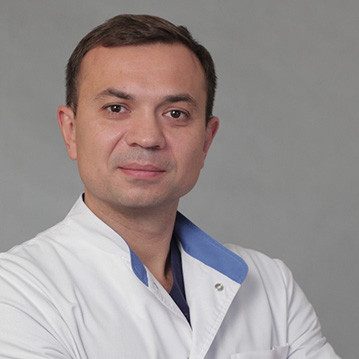Invasive operations of this type are performed using an endoscope inserted into the body through a natural physiological access, ranging from external opening of the urethra, then along the duct and bladder to the ureter and renal pelvis up to the arch of the upper calyx. For these purposes, flexible fiberscopes with fiber optics are used.
Endoscopic transurethral interventions are performed if it is necessary to normalize the processes of migration and excretion of urine by surgical removal of obstructions in the lower or upper urinary tract. The latter develop as a consequence of urological diseases, tumors, pathological narrowing, and the formation of stones.
Diagnostic endoscopic operations are also carried out to examine the internal epithelium of the organs of the urinary system.
Internal optical urethrotomy
The operation is indicated for passable primary and recurrent strictures of various lengths in the urethra. However, such treatment is most effective in diagnosing cicatricial narrowing of the duct up to 1 cm in size, located in its bulbous or prostatic sections.
The intervention technique involves the introduction of an endoscopic urethrotome into the urethra. After installing the ureteral catheter, the doctor, using a urethrotomy knife, cuts the scar along its entire length up to healthy tissues.
The operation is low-traumatic, short in time, easily tolerated. The effectiveness of such surgical treatment for excision of short strictures is 65-70%. When recurrences occur, stenotic narrowings are usually larger than a centimeter and require other surgical solutions, because repeated urethrotomy will be less effective.
Recanalization of the urethra
It is carried out with complete obliteration of the urethra with a length of no more than a centimeter in the absence of acute inflammation in the lower urinary tract and solid fragments in the lumen of the canal.
This is a complex type of surgical endourology, performed simultaneously retrograde and antegrade. Transurethral way to the operated area is injected with a urethrot, and through a suprapubic puncture - a urethral bougie or a fibrocystoscope. Direct recanalization (restoration of patency) is performed with a urethrotome, additionally using epicystomy-introduced instruments. The operation is completed by coagulating evaporation (vaporization) of the fibrous tissues of the urethra.
It is also possible to perform the operation by puncturing scar formations with a long needle inserted transurethrally. Inside the needle there is a special conductor string designed to perform urethrotomy, excision of scars.
Urethral stenting
Indications for surgical intervention are:
- recurrent urethral strictures;
- adenoma, prostate cancer;
- impossibility of radical treatment.
The operation involves the installation of temporary or permanent stents transurethral under the control of the endoscope. The method is characterized by noticeable efficiency, low probability of possible complications.
Transurethral resection (TUR)
TURP of the prostate is a surgical intervention, as a result of which the removal of hyperplastic growths of the prostate gland is performed.
Most often, endoscopic surgery is indicated for prostate adenoma - a benign tumor that leads to squeezing of the urinary canal and disruption of natural urination.
However, transurethral resection of the prostate is also performed if:
- frequent urination;
- constant urinary retention;
- urinary incontinence;
- large volume of residual liquid after emptying;
- kidney damage;
- repeated urinary tract infections;
- prostate bleeding;
- malignancy of the tumor process.
In the course of surgery, an endoscopic resectoscope is used - a tube-shaped device, at the end of which there is a camera for visualizing the operated space on an associated monitor, an LED, an electric loop and a channel for supplying a solution, sucking blood.
A resectoscope is inserted into the urethra, after which urine is removed from the bladder and the cavity is filled with an antiseptic. The surgeon performs canal tissue incisions, through which he performs layer-by-layer removal of the adenoma with an electric loop. At the same time, there is a washing of the operable zone, vascular coagulation.
After the resection is completed, a residual laser treatment is performed and a urinary catheter is placed.



















